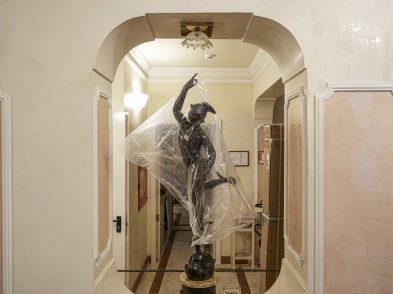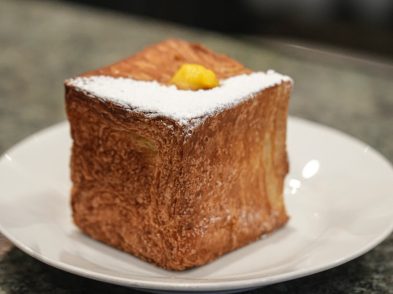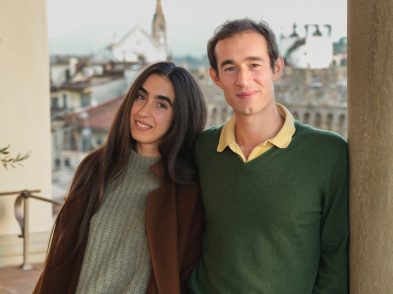She was a woman who lived and worked in a world of men. As a young journalist, she faced powerful rulers and world leaders with courage and pride, whether it was King Hussein of Jordan, Yassir Arafat or Henry Kissinger.
She rode a tank in Vietnam. Her interview with Henry Kissinger in 1972 presages contemporary themes. She wore a uniquely feminine blue straw hat along with military garb. She loved her typewriter-a Lettera 22-like a sister. From jail, she wrote passionate poems (in miniscule handwriting, to save paper) to Alekos Panagulis, her companion and one great love.
This was Oriana Fallaci, war correspondent, writer, journalist and Florentine, who, because she never backed down in the face of adversity, could tell the stories of hardship, death and the misery of women’s conditions. The city of Florence and the province of Tuscany pay homage to her with the exhibit Oriana Fallaci: Fiorentina di Razza (‘Pureblood Florentine’), which runs until May 11 in two locations-Palazzo Medici Riccardi and Palazzo Panciatichi.
On display are the many notebooks, maps, pictures and books Fallaci used to document the facts and to better understand the situations in which she found herself. There are also objects she kept for memory’s sake, like the casings from the bullets that wounded her in Dak To or the piece of an Apollo XII astronaut’s spacesuit. Fallaci’s correspondence testifies to her status in the world; the exhibition features letters from names as varied as Shirley MacLaine, Anthony Quinn, Isabella Rossellini, Pietro Nenni, Willy Brandt, Santiago Carrillo and Menachem Begin.
The exhibit commemorating the famed journalist and author of celebrated books like Insciallah and The Rage and the Pride was curated by Alessandro Nicosia and Fallaci’s nephew, Edoardo Perazzi. It is a journey through one woman’s adventurous life as she witnessed some of the greatest events of the twentieth century.
The journey that began in her native Florence also ended in her birth city. When Fallaci died on September 15, 2006 in a Florence clinic, the moment was marked by an international outpouring of love and affection from world leaders, film stars and loyal readers. As the news of her death spread around the world, covered in papers from China to the United States, reaction was heard not only from those who loved her but also from the people she had disagreed with.
Part of the Palazzo Medici Riccardi space covers Fallaci’s Florentine origins, illustrates her family history and includes testimonials by journalists, politicians and friends. It offers a complete vision of her life, from the professional to the private, providing a complex and multi-faceted portrait of this extraordinary woman.
Significant space is dedicated to the various photographs that contributed to creating the ‘Fallaci personality’ over the years. Visitors see her as a young journalist at the typewriter, a carefree smiling girl and as a successful, affirmed writer.
The portion of the exhibit in Palazzo Panciatichi focuses on Fallaci’s books, which are contextualized by pictures, films, letters and newspaper clippings that demonstrate her tenacity and energy as subjects range from Hollywood divas to fighting in Lebanon, from the war in Vietnam to the Mexico City revolt.
The town of Greve in Chianti, where Fallaci’s family had a second home and where she allowed Angelo Cozzi to do her portrait in 1979, hosts a photography exhibit devoted to her.








